
Traveling the World of 2047
As children, most of us imagined the future, wondering if we would be able to teleport or travel through time. Such imagination has not become reality, but significant transformations have been made over the past five decades. Then, what will it be like in three decades from now? As an ICT experience center, T.um presents the year 2047 that we imagine.
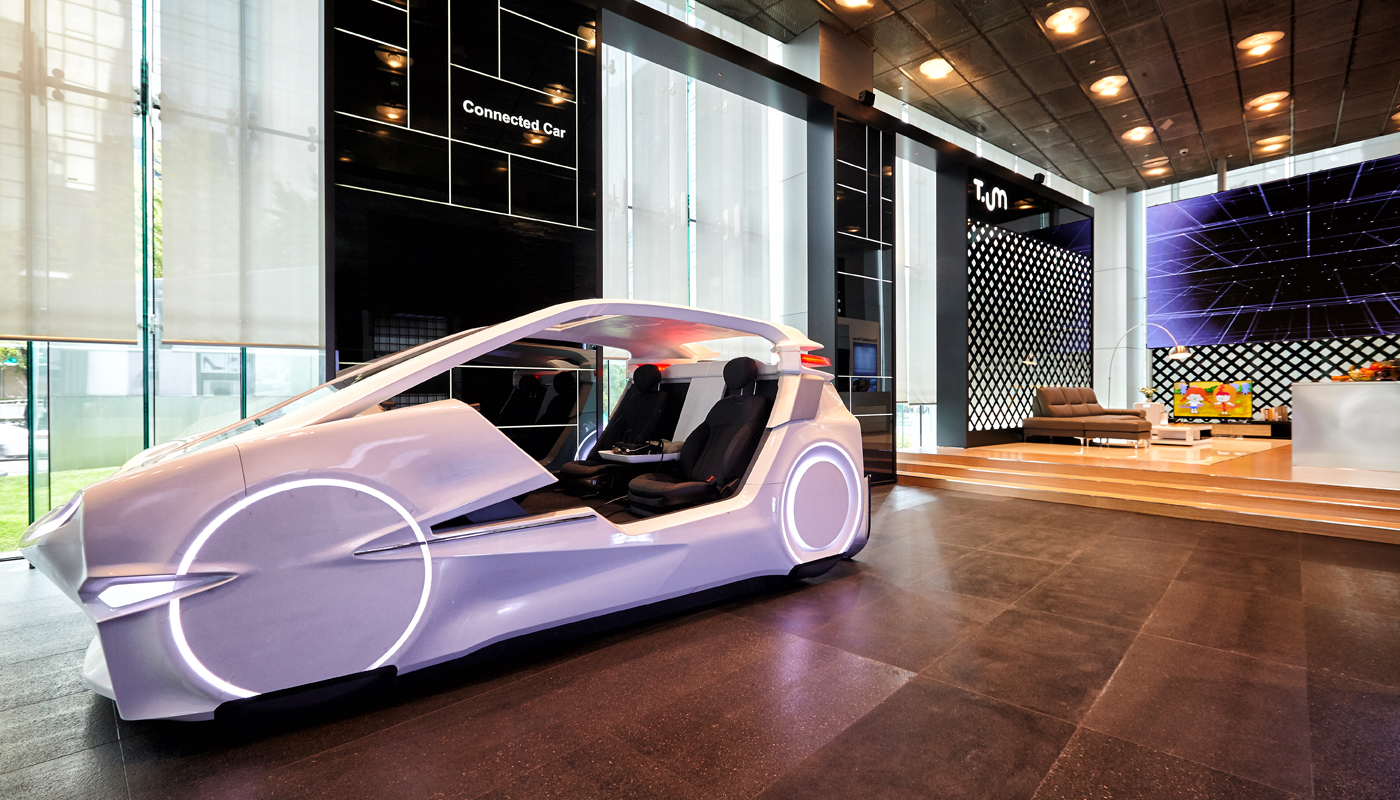
5G Era Becomes Reality
Emerging with the Fourth Industrial Revolution, ICT and 5G mobile communications are bringing
a faster and more innovative world, and T.um serves as a venue to experience the present and future life with
ICT elements at an era of 5G. The ground floor of the experience center displays the 5G technology
applied to everyday lives, such as IoT connecting everything inside and outside a house.
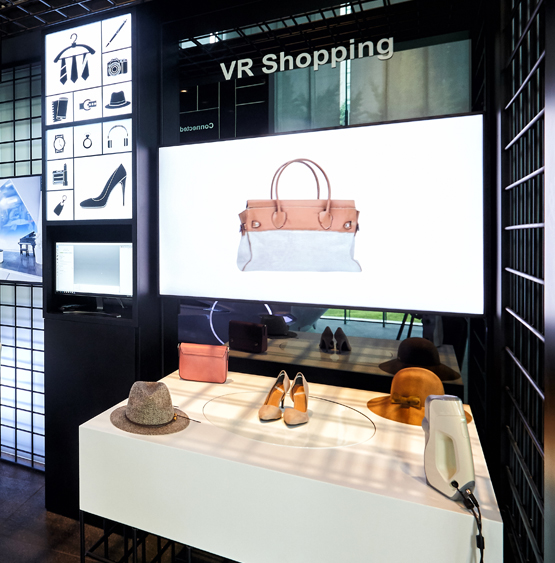
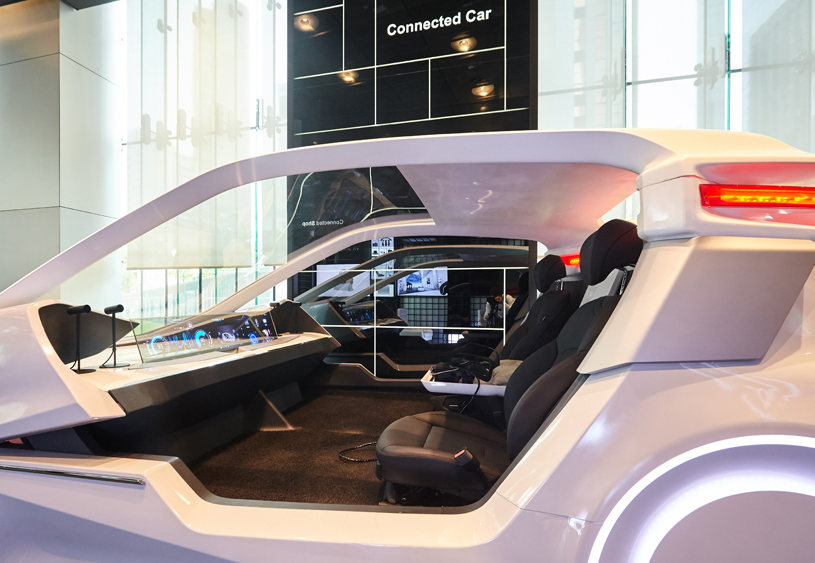
Visitors can try remotely controlling a vehicle, riding in a connected car with
real-time navigation, and enjoying VR shopping. AI (artificial intelligence) devices are used to control
television, robot vacuum cleaners, and air purifiers. Cooking tables and refrigerators
with embedded AI technology automatically display freshness and shelf life of foodstuffs inside
the refrigerators and demonstrate various recipes and estimated cooking time.
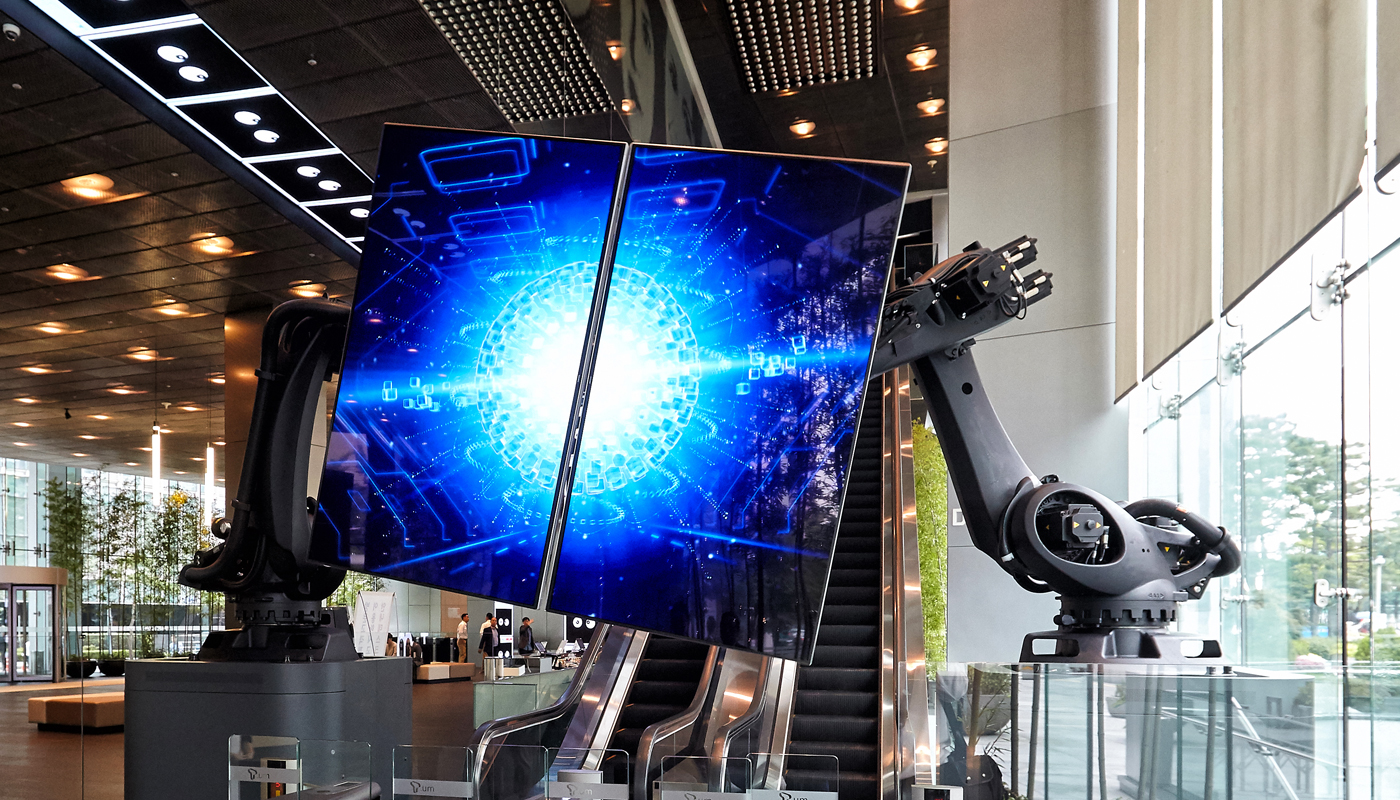
This experience of 5G technologies increasingly available in present daily
lives is followed by a travel into the future 30 years later. T.um presents the future three decades from
now as a futuristic city called HI-Land. This city operates based on state-of-the-art
technologies used for energy facilities, urban agriculture, and healthcare.
To step into the future city, visitors have to pass Robot-Gate, which has mobile screens installed
on two robot arms that amplify curiosity about the world beyond the gate.
Future City HI-Land Enabled by ICT Technologies

HI-Land represents a city where ICT connects everything.
The first stop of the journey is the Space Control Center. When visitors step on
Hyperloop to experience self-driving technology, the AI captain will
guide them through cities of water and desert created by climate change.
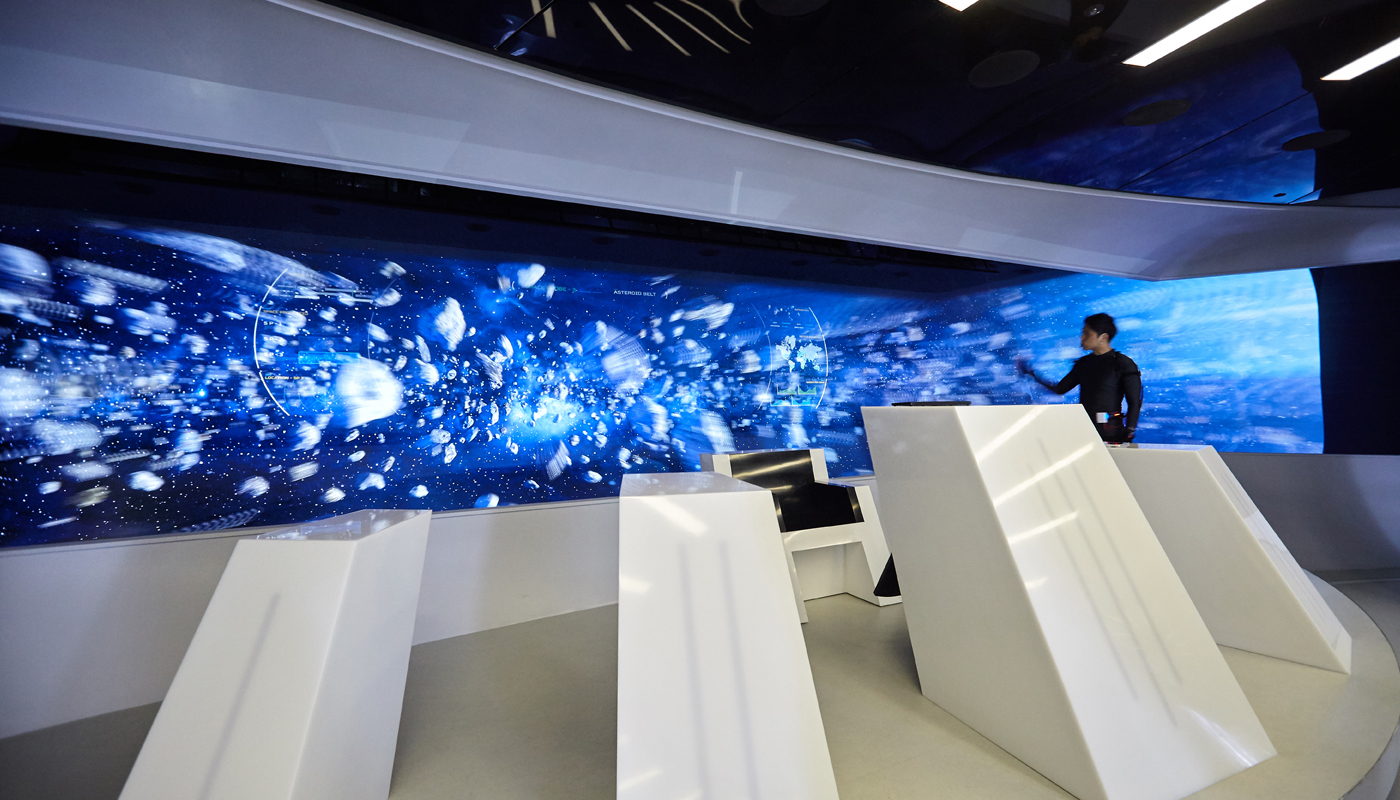
Moving chairs and transparent screens make the experience much more realistic.
The Space Control Center was designed as headquarters to monitor climate and weather
conditions, and its captain explains about the Earth’s current status based on real-time
images of the planet observed by a network radio telescope. The probe equipped with 5G high-speed
networks transmits to the Space Control Center the data observed for space environments of
supernova, Mars, and Jupiter. Visitors are invited to stand within a transparent capsule and wear
a VR device to watch VR images of the Earth on fire due to the eruption of a volcano.


In this future city, drone cameras hover around the area with volcanic eruption to
rapidly and safely handle the dangerous situation instead of human beings, such as assessing
the disaster and rescuing animals. Given the current drone technology on continued
progress, drone firefighters are expected to address various disaster situations in three
decades, replacing their human counterparts.

The next space represents the Medical Room created in space. AI doctors check patients
and transplant artificial bones made by a medical 3D printer. Given that robot
surgery has already become a reality, this space showcases the imminent arrival of a
future where AI surgical robots can replace human surgeons.
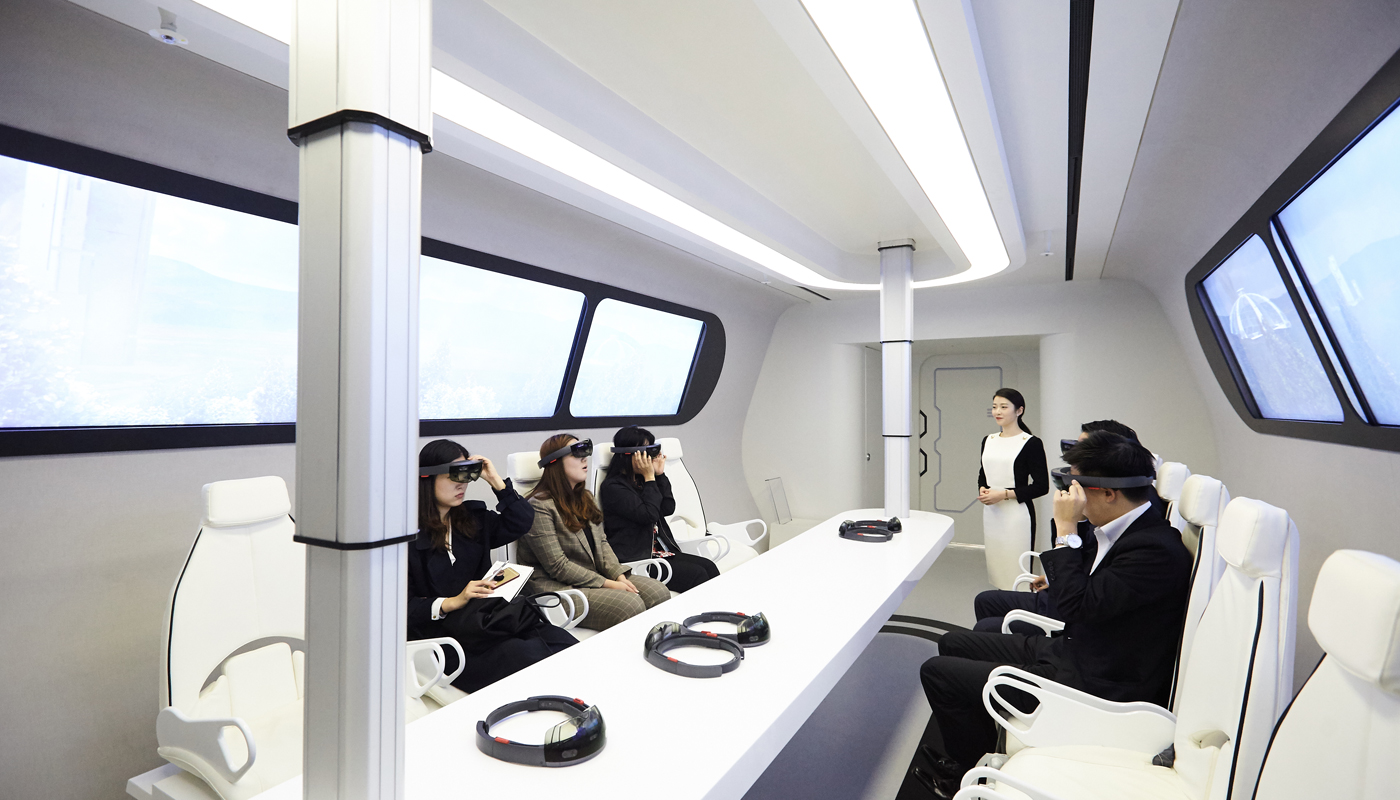
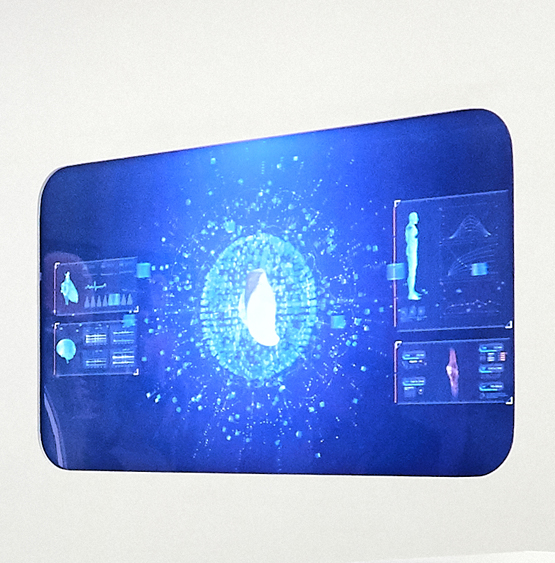

Future in 30 Years as We Imagine
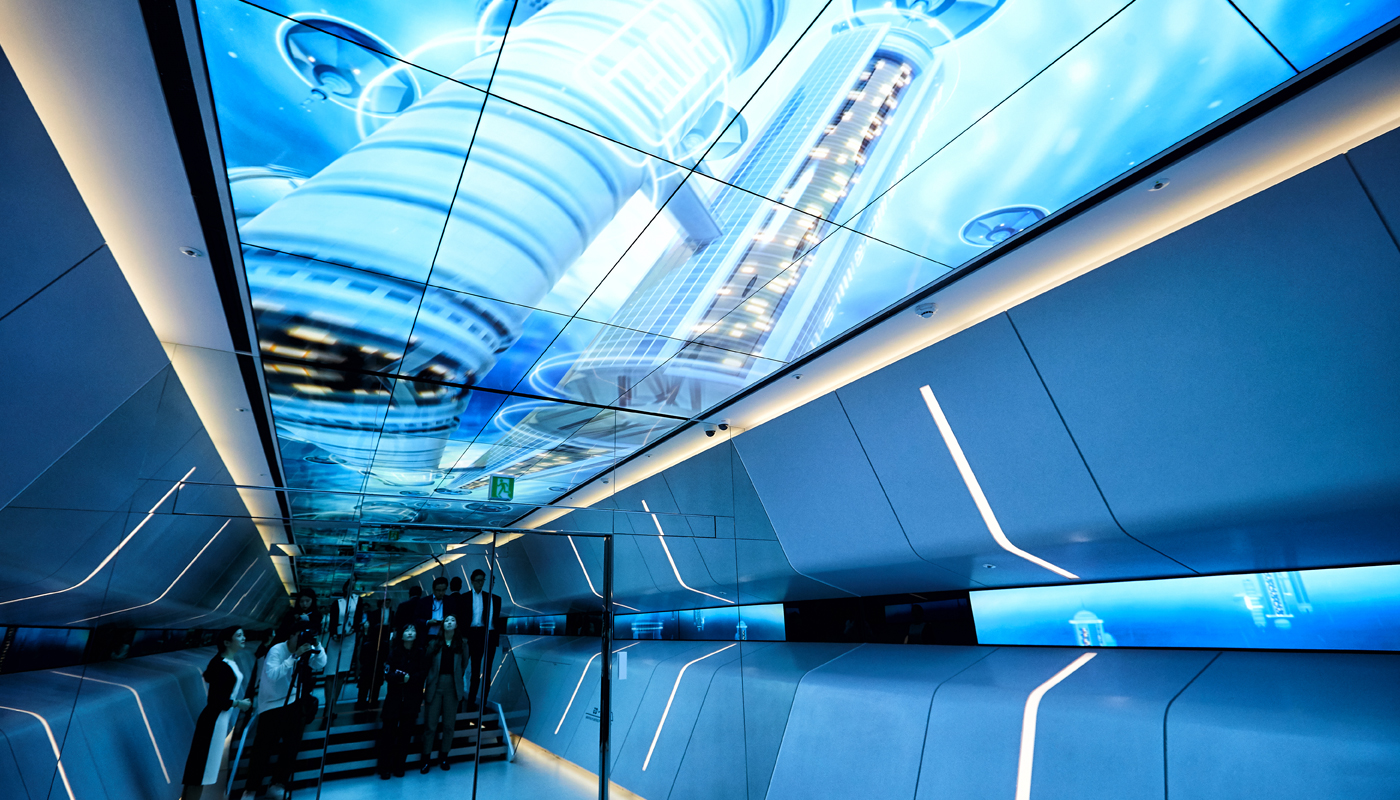
Connecting to an underwater city, HI-Land Platform displays realistic underwater images on the screens
surrounding all walls of the space. Passing through the platform, visitors arrive at the
Hologram Conference Room, in which future representatives around the world attend an emergency
meeting realized with hologram images. In the future, the progress of next-generation high-speed network
technology will be used for conference meetings using hologram and augmented reality.
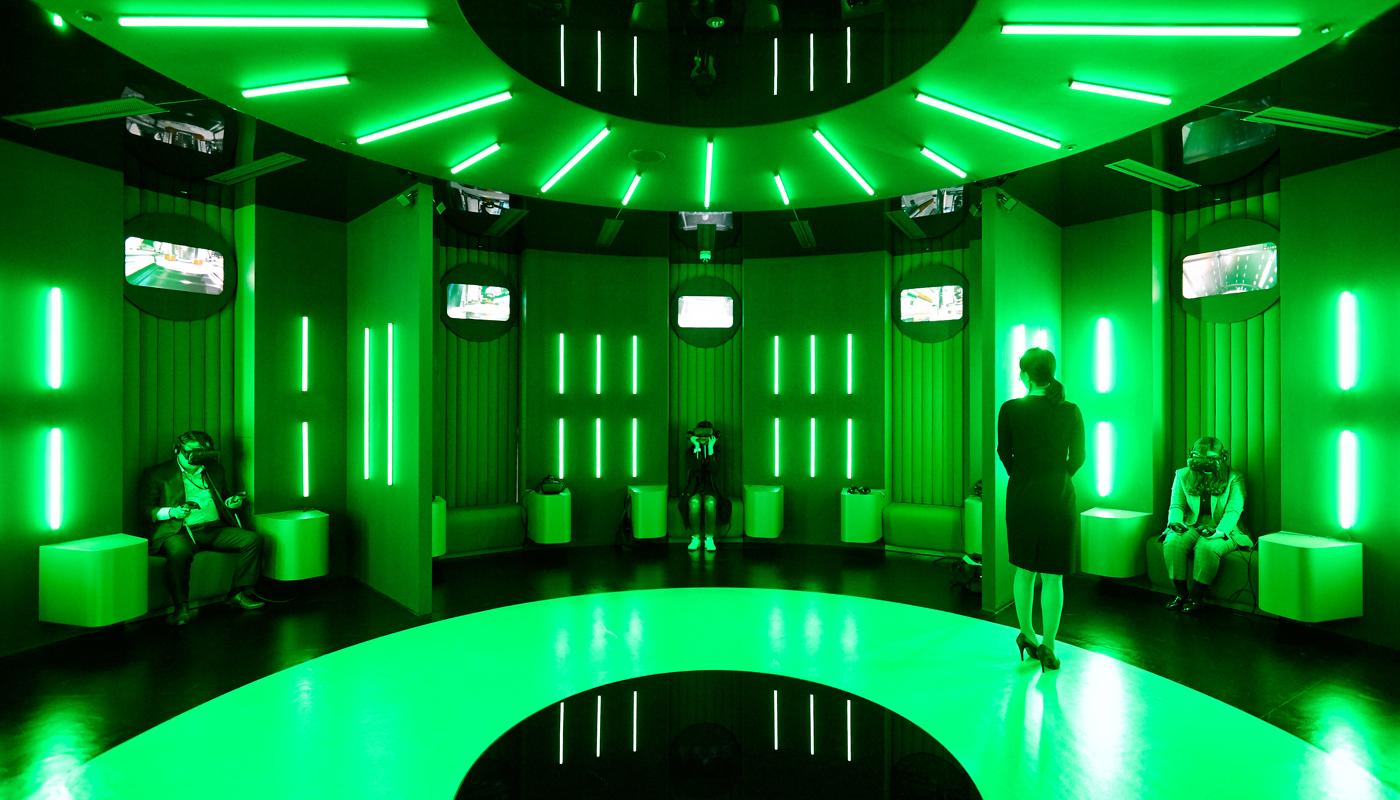
The last stop of HI-Land is the Teleport Room. Visitors wear VR devices to complete various
missions through virtual contents. They can also experience network robots in virtual reality through VR
devices that make the visitors’ arms look like robot arms. The visitors’ gestures are made by
the robots in virtual reality to complete missions in space. By pressing buttons or dodging obstacles,
they can enjoy various elements in the space world.
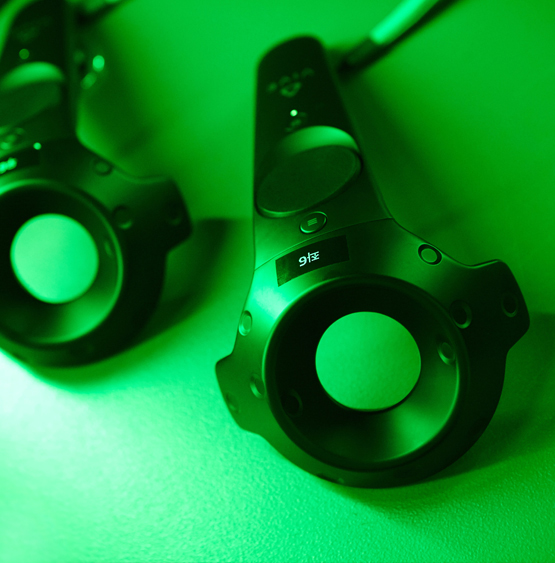

Just like the robots in virtual reality, the future network robots will be employed in a range of areas
such as housekeeping, education, medicine, welfare, space, and national defense.
HI-Land presents how we will live in the future with ICT features.
It is worth visiting T.um to experience the year 2047 and the pleasant future lives we now imagine.





